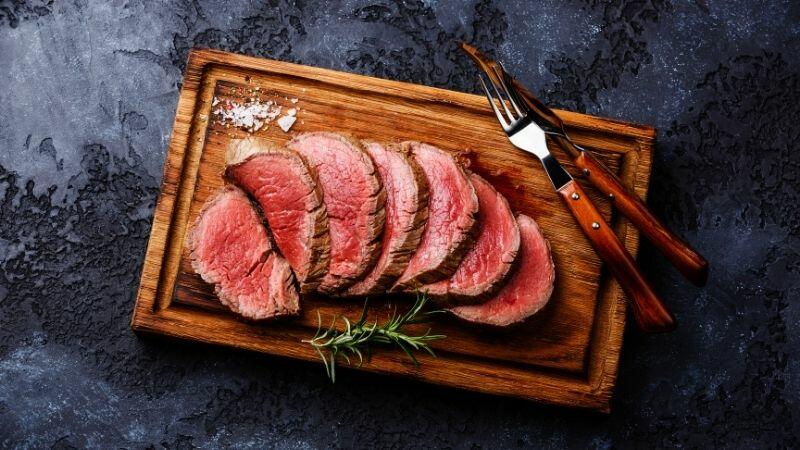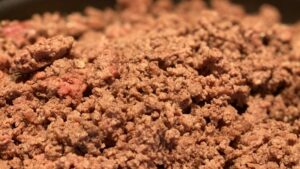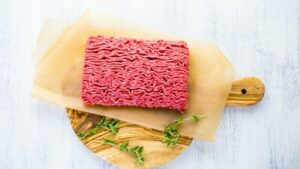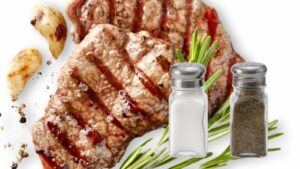Everyone has their own methods and opinions when peppering a steak is better: before or after cooking? This frequently leads to heated debates that drag on for an unnecessarily long time. When it comes to grilling a worthy steak, we will help you decide whether you should pepper it before or after you cook it!
Putting pepper on the steak before cooking causes it to burn out, losing many of its benefits, but it is a great way to get the pepper flavor well into the steak. Adding the pepper after cooking gives the full pepper experience because it mixes with the crust and juices on the steak, but it may not be ideal for people who do not like pepper.
In general, most people only cook their steak without seasoning. Some people season their steaks with salt and pepper, which can mean the difference between a regular steak and a gourmet plate.
Why and How You Should Pepper Your Steak?
Since we have answered the infamous question of whether you should put pepper on the steak before or after cooking, we would like to address a few other concerns about peppering your steak. The kind of pepper and the method of cooking you use matters.
Coarse ground black pepper is generally accepted as the best match because it imparts a rich flavor to the steak while having a smaller surface area than finely ground pepper. However, some people claim that the coarser the grind, the more likely it is to burn, which can result in a charred flavor depending on how you cook the steak.
If you intend to cook the steak over an open flame or sear it, add the coarse ground pepper afterward, or use finely ground white pepper. Whatever pepper you use, it should be freshly ground rather than canned. You might want to invest in a pepper grinder that allows you to set it according to the texture you desire.
In addition to its spiciness and flavor, black pepper has many positive effects on one’s health. It is believed that piperine, the active compound in black pepper, is responsible for providing these benefits, which include:
- Antioxidant properties.
- Increases the absorption of nutrients such as curcumin.
- Improve digestion and stop diarrhea.
For more information on peppering a steak, please watch this video:
Tips on Making a Great Steak
The ability to elevate and enhance a hunk of drool-worthy meat to a mix of flavors that explodes the palate makes all the difference. It is always recommended to do what you prefer when making a great dish, and people have been known to add a variety of spices and other condiments such as butter. In this context, however, seasoning refers to salt and pepper.
Salting a Great Steak
The amount of salt you use on your steak is important because the end goal is to improve the overall flavor of the steak. One tablespoon of salt is the most widely used amount (about 6 grams). Some say one tablespoon per side, while others say as a whole. In any case, it should depend on the size of the steak to allow it to cover its entire surface.
The kind of salt that you use is also important. It is not advised to use either iodized salt or table salt in this situation.
When too much table salt is added, it has a bitter taste that may affect the taste of the steak. It may also be difficult to control the quantity used, so as a general rule, coarse-ground salt is preferable.
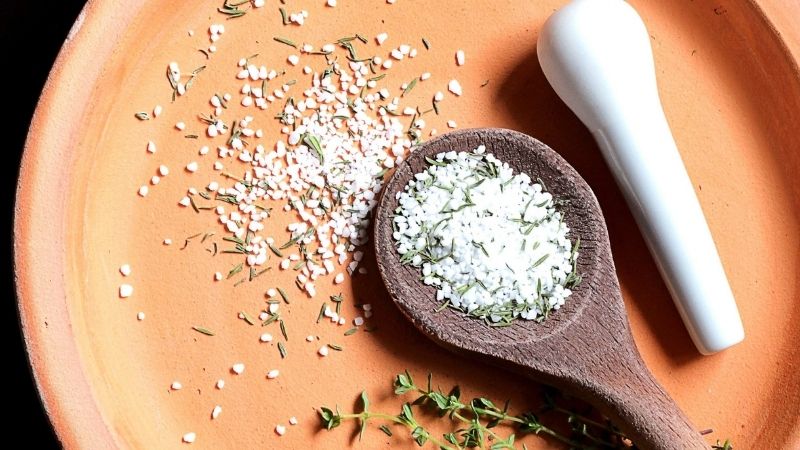
Coarse salt is easy to pick up, control the amount, and has a large surface area, with Kosher salt being the most well-known. Another good option is Himalayan pink salt, which is more expensive and difficult to find than Kosher salt.
Salt must also contend with the debate over whether it should be added before or after cooking. As seen with pepper, it can go either way, with its own set of benefits and disadvantages. It must be done immediately before grilling. A good timing is less than 3 minutes so that the moisture from the steak is not extracted. This method will also produce a reasonable surface crust.
It can also be done ahead of time, for about 40 minutes till overnight, to allow the salt to penetrate deeply into the steak, tenderizing and flavoring it. This method causes the salt to absorb all of the moisture within minutes, making the steak juicy and creating a delicious crust on the surface.
In addition, if desired or if adding salt earlier simply slipped your mind, it can be done after the grilling process. Although this method will not produce as much crust as the others, it will enhance the flavor of the surface and give you the liberty to salt it to taste.
Frequently Asked Questions
Is It Possible for Pepper to Burn While Cooking Steak?
Yes, in theory. However, unless you’ve done it before, you can go ahead and pepper before cooking.
What Should I Put On a Steak Before Cooking?
It is ultimately up to you, but some seasonings that are commonly used are coarsely ground black pepper, kosher salt, and extra virgin olive oil.
Should I Brush The Steak With Oil Before Grilling It?
You certainly should. After applying kosher salt and coarsely ground black pepper to the steak, an oil marinade should be applied to the outside of the steak to help the seasonings adhere to the meat and make the grilling process easier.
Final Thoughts
There are numerous ways to cook steak to perfection, such as adding pepper before or after cooking, but it should always come down to what works for you. It may be determined by your pepper tolerance or the amount of time available to prepare the steak prior to or after cooking. Hopefully our article helped you decide which option is for you. Happy cooking!

